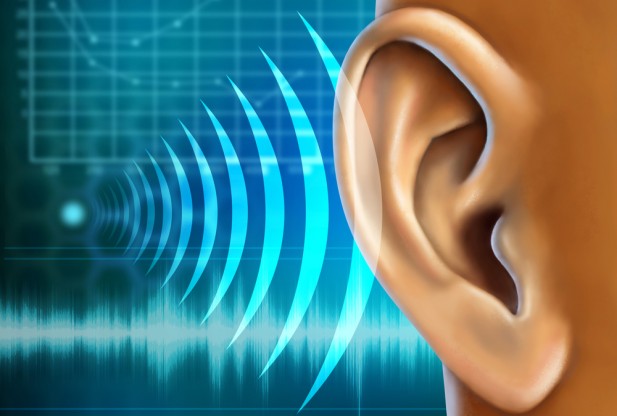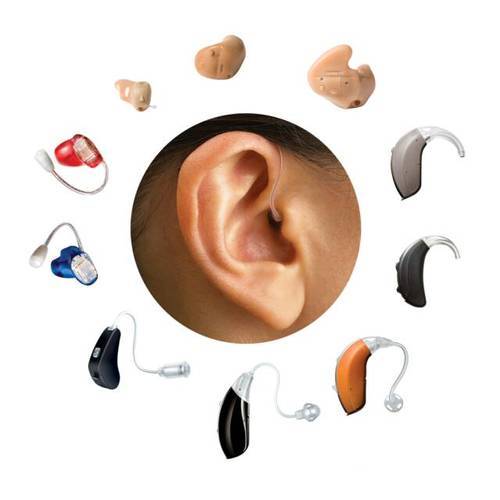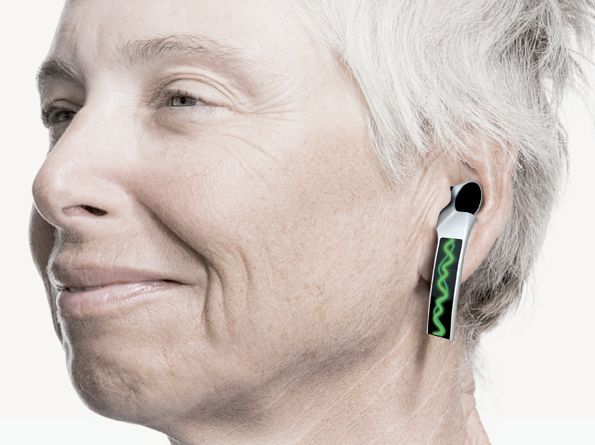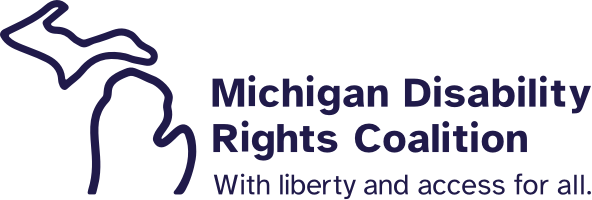Can You Hear Me Now? What about now? … Good!
Tuesday, April 11, 2017

By Jen Gosett, BS, CTRS, MATP Staff
 Hearing loss is something that’s common in my family. Since my late 20’s, I’ve noticed a decline in my hearing. A concern in the back of my mind is that I will grow older and have to wear large, ill-fitting, analog hearing aids that don’t seem to work how I need them to; that was my Grama Ann’s experience and frustration with her own hearing aids. As a child I remember many crowded family gatherings where I could hear Grama Ann’s hearing aids whistling shrilly until she manually turned them down or off all together.
Hearing loss is something that’s common in my family. Since my late 20’s, I’ve noticed a decline in my hearing. A concern in the back of my mind is that I will grow older and have to wear large, ill-fitting, analog hearing aids that don’t seem to work how I need them to; that was my Grama Ann’s experience and frustration with her own hearing aids. As a child I remember many crowded family gatherings where I could hear Grama Ann’s hearing aids whistling shrilly until she manually turned them down or off all together.
Technology is ever evolving and I feel heartened that assistive tech for better/amplified/more intuitive hearing devices has improved over the years; namely by way of digital (DSP, or digital signal processor) hearing aids (versus the analog hearing aids my Grandmother used).

“Both analog and digital hearing aids are used today, though analog are becoming a little less common, and digital hearing aids are becoming a more popular choice. Analog and digital hearing aids both have similar components. Both types pick up sound using a microphone and use circuitry to amplify sound. Analog hearing aids work by making continuous sound waves louder, amplify all sounds (speech and noise). [DSP hearing aids] convert sound waves to digital signals, producing an exact duplication of each sound, instead of just amplifying it. Computer chips are used to analyze speech and other sounds, allowing for more complex processing of sounds during amplification.” This text is from the HUH?!? Help U Hear Center.

With the ways that Google Glass and Bluetooth technology work today, I can’t even imagine the possibilities of hearing aids of the future! By learning about what’s out there today and thinking about what’s in store for the near future, I feel more comfortable planning for my own hearing supports.
Thanks for reading!

